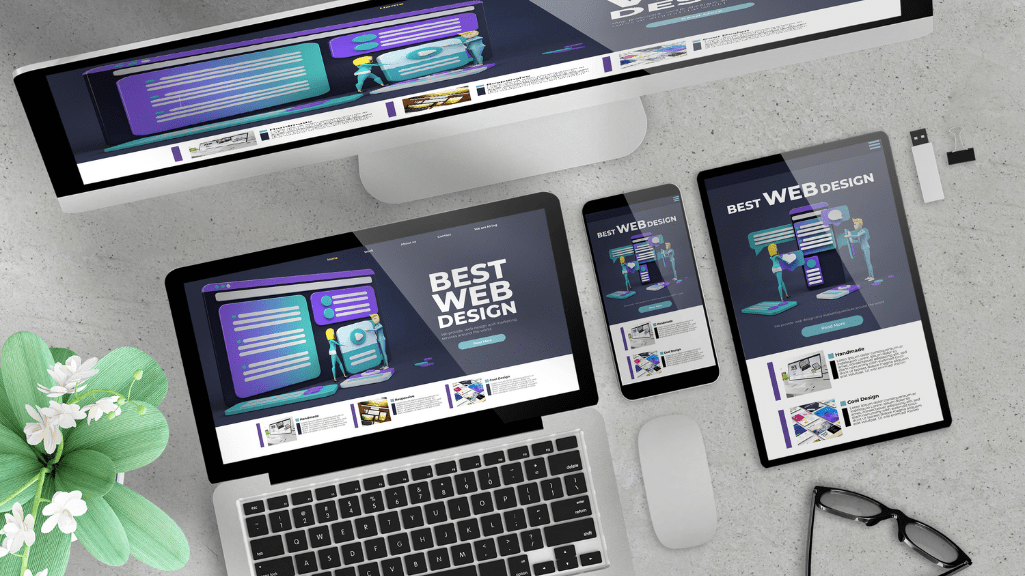In the world of web design, challenges are inevitable, but they often pave the way for innovation and growth. This blog post explores the journey of tackling a particularly demanding project for a client in the hospitality industry. The goal was to create a website that reflected the modern and sophisticated nature of their boutique hotels, with functionalities such as a hotel management system, online booking and reservation, live chat tools, and contact forms.
The Initial Hurdles
The project began with a client who owned several boutique hotels, catering to both local and international guests. They required a website that would not only showcase their properties but also provide a seamless booking experience for their customers. However, the client had no clear vision or resources to share, leaving me with the daunting task of starting from scratch.
Key Challenges:
- Lack of Clear Requirements: The client could not articulate their needs or provide any content or resources.
- Integration of Complex Systems: The website needed a hotel management system integrated for bookings and reservations.
- Ensuring a Global Appeal: The site had to cater to an international audience, reflecting the high standards of the boutique hotels.
Turning Challenges into Opportunities
Faced with these challenges, I relied on problem-solving skills and creativity to deliver a solution that not only met but exceeded the client’s expectations.
1. Understanding the Client’s Vision
- Initial Meetings: Despite the client’s lack of clarity, I held several meetings to understand their brand, target audience, and business goals.
- Research: I researched other successful hotel websites to gather ideas and understand industry standards.
2. Crafting a Content Strategy
- Content Creation: Since the client provided no content, I took the initiative to create compelling content. This included writing engaging descriptions for the hotels, services offered, and local attractions.
- Visual Appeal: I sourced high-quality images that highlighted the modern infrastructure and services of the hotels.
3. Designing the Website
- User-Centric Design: I focused on creating a user-friendly interface that would appeal to both local and international visitors. This included easy navigation, clear calls-to-action, and a responsive design.
- Booking System Integration: I integrated a robust hotel management system that allowed for real-time bookings and reservations. This involved collaborating with developers to ensure seamless functionality.
- Live Chat and Contact Forms: Implementing live chat tools and contact forms was crucial for customer interaction. I selected reliable plugins and customized them to fit the website’s design.
4. Testing and Feedback
- User Testing: Before launching, I conducted extensive testing to ensure all functionalities worked perfectly. This included testing the booking system, live chat, and responsiveness on different devices.
- Client Feedback: I involved the client in the testing phase, gathering their feedback and making necessary adjustments.
The Outcome
The final website was a testament to creativity, problem-solving, and dedication. It featured a sleek design, an efficient booking system, and engaging content that showcased the boutique hotels to a global audience. The client was thrilled with the result, and the website received positive feedback from users.
Key Takeaways:
- Effective Communication: Regular communication with the client helped in understanding their needs and expectations, even when they were not clearly articulated.
- Creativity and Initiative: Taking the initiative to create content and design elements can make a significant difference in the project’s success.
- Technical Expertise: Integrating complex systems requires collaboration and technical know-how to ensure seamless functionality.
- User Experience: A user-centric approach is vital for creating a website that is both functional and appealing.
This project reinforced the importance of adaptability and innovation in web design. By focusing on problem-solving and leveraging creativity, it is possible to overcome even the most challenging projects and deliver exceptional results that add value to the client’s business.
Conclusion
Tackling web design challenges requires a blend of creativity, problem-solving, and technical expertise. This project in the hospitality industry demonstrated how these skills can transform client requirements into a successful, user-friendly website. If you’re interested in more insights and tips on web design, or if you have a project in mind, we invite you to explore our blog for more inspiring stories and professional advice.
Discover more about our web design solutions and industry insights by visiting our blog homepage.




